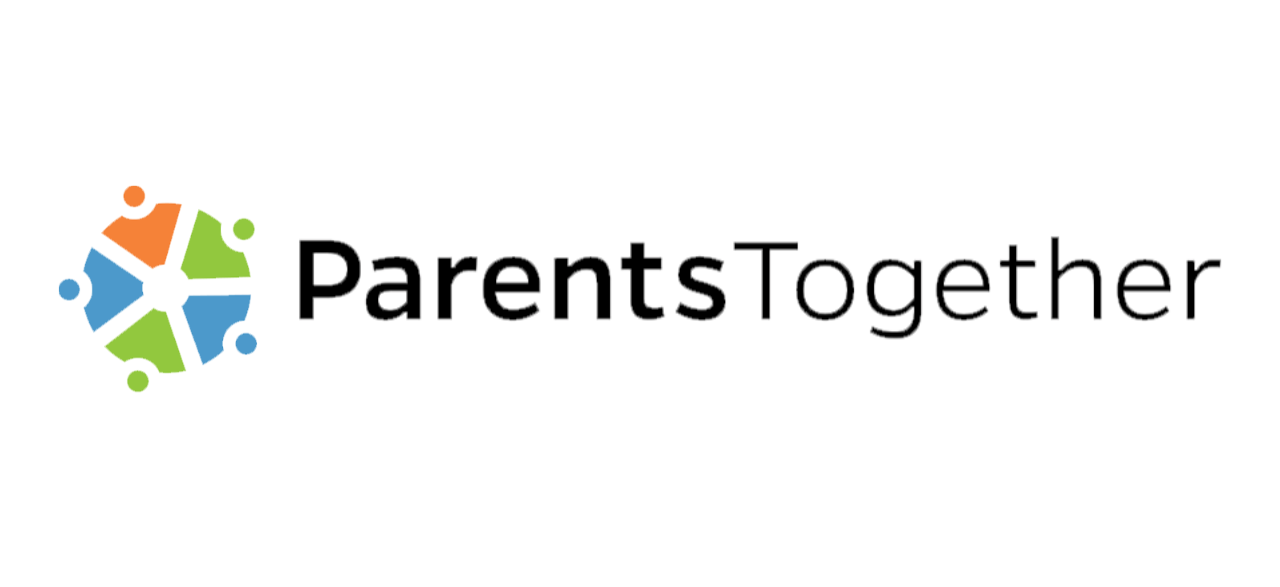The term “DEI” has been in the news and on social media a lot recently, and brings with it a ton of myths and misconceptions. Today, “DEI” is sometimes used as a buzzword to indicate unfair preferential treatment for marginalized groups, and has even been used as a pejorative to discount the achievements of people with marginalized identities.
In reality, DEI is simply the effort to take into consideration people who would usually be excluded from decisions, processes, or institutions such as workplaces and universities. DEI, or Diversity, Equity, and Inclusion, is not a single policy or law, but rather a set of values that have guided our institutions for decades towards removing barriers to access for people with traditionally marginalized identities, like women, people of color, LGBTQ+ people, and people with disabilities.
It’s easy to assume that these efforts are no longer needed because we see people of color and women in positions of power every day—but on a systemic level, it is undeniable that the gender and race wage gap still persists, and that personal biases and stereotypes impact access to jobs and higher education. For example, people with “white-sounding” names have been proven to get more callbacks for jobs than those with “Black-sounding” names.
Issues like these arise because of the biases of those in power, either intentionally or unintentionally. Diversity, equity, and inclusion policies help institutions overcome those biases with intentional processes that include people who may not have been included otherwise—which is not only good for people with marginalized identities, but also for the institutions themselves which benefit from having diverse voices at the table.
Where did DEI come from?
Diversity, equity, and inclusion have actually always been a part of our nation’s history, from the very first fight for voting rights to the first law against racial segregation. The Civil Rights Movement led to the first major push for DEI policy in the federal government, which took the form of the Civil Rights Act of 1964. This groundbreaking law, among many other things, prohibited discrimination by employers on the basis of race.
The Americans with Disabilities Act (ADA) of 1990 is another example of a DEI effort that has vastly improved access for millions of Americans. DEI has given us things many people might take for granted now, like curb cuts, entrance ramps, and closed captions on TV. With each new push towards equality for all Americans, DEI policies became increasingly more commonplace in the workplace and other institutions as well, commonly known at the time as “equal employment opportunity programs.”
In more recent years, with the rise of the Black Lives Matter movement and the Me Too movement, DEI became a part of the popular vernacular as a means of achieving greater equality and protections for workers who were at risk of discrimination, harassment, or exclusion.
How do DEI policies support families?
DEI efforts have made so many impacts in our everyday lives we may have come to take for granted. They touch everything from having access to a clean place to change a baby’s diaper, to rules that make sure kids have what they need to succeed at school. DEI policies benefit all families, regardless of race, socioeconomic status, or disability status.
Here are just a few ways that DEI policies have made lives better for all families—
- Providing paid sick and family leave
- Providing avenues for new parents to return to work after they give birth
- Allowing for flexible work arrangements and accommodations for families
- Putting changing tables in men’s restrooms
- Providing family restrooms in airports and other public places
- Enacting fair housing laws that prohibit discrimination
- Providing Individualized Education Programs (IEPs) and 504 plans for students with disabilities or special needs
- Providing protections against harassment at work and bullying at school
- Installing ramps and curb cuts at schools, workplaces, and public places
- Providing internet hot spots in underserved communities
- Allowing workplace accommodations for breastfeeding and pumping
- Providing accessible playgrounds for all kids
With all the political subtext and loaded terminology, it’s easy to misunderstand the true meaning of DEI and overlook all of the vital benefits we receive from DEI efforts every day. The fact is, DEI benefits all families and makes our schools, workplaces, and communities safer, more accessible, and more equitable.







